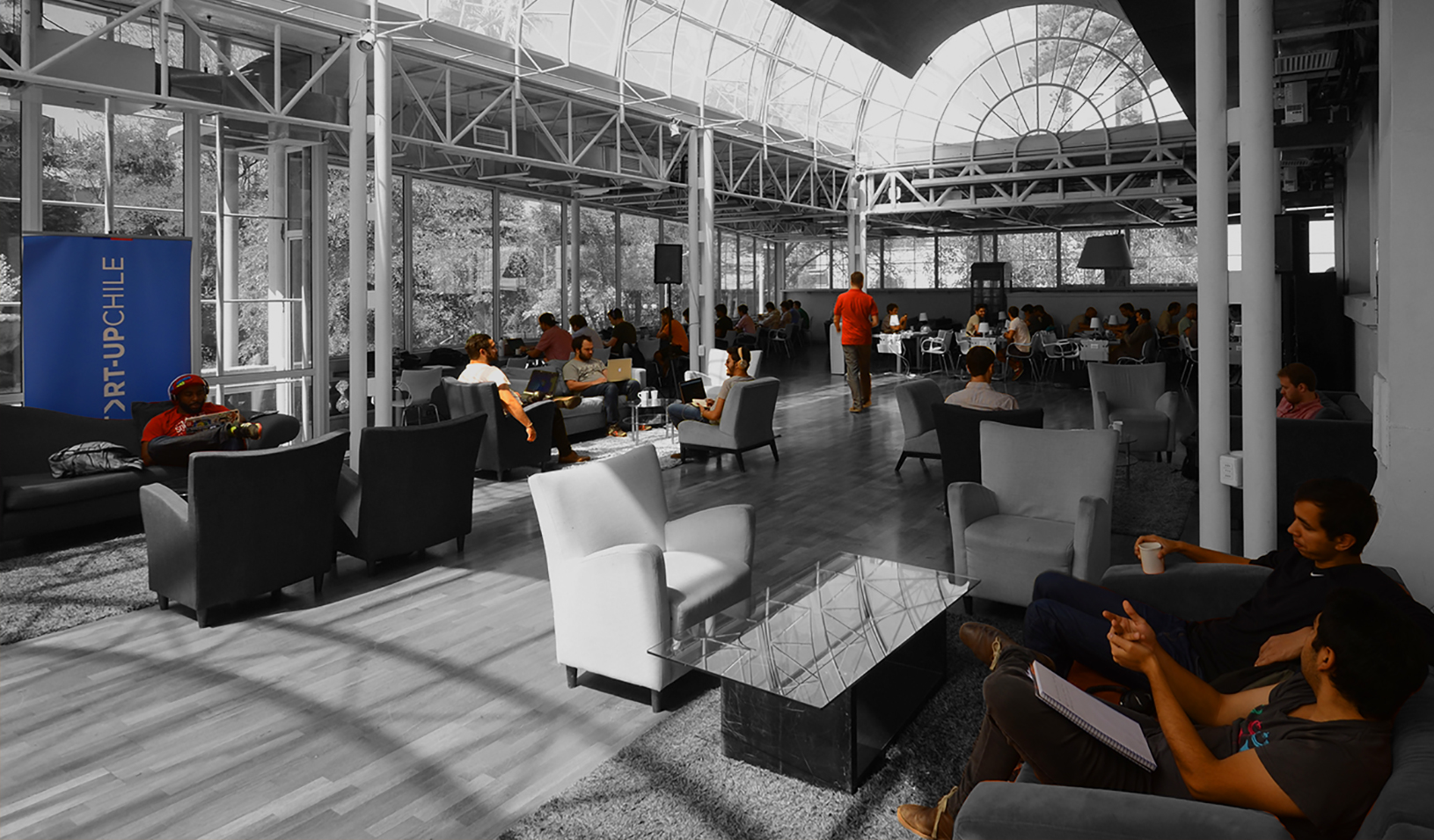
Entrepreneurship is one of the most important ways to create jobs that add value, believes MercadoLibre CEO Marcos Galperin, MBA ‘99. (Photo by Anne Knudsen)
Until late 2012, if you wanted to sell a particular style of high-heeled shoe in 10 sizes and 10 colors online in Latin America, you would have to create 100 different listings — one for each size and color combination on MercadoLibre, the region’s leading provider of e-commerce websites. Today, shoe shoppers can click on one listing per style and choose the preferred color and size, which makes life simpler for both buyers and sellers, but it required some serious reprogramming for the Argentine-based company.
Now, with 21 million listings and about 100,000 stores using Mercado Shops online technology, CEO Marcos Galperin told Stanford business students recently that the company has opened its platform to enhancements from outside developers and is working to get more involved in warehousing and shipping. Here, he discusses the pace of change in e-commerce businesses. Raised in Argentina, Galperin graduated from Stanford Graduate School of Business in 1999, the year he cofounded the company.
How do you think about the tradeoff between growth and profitability?
Profitability for us is never the driving force. It took us 7 years to be profitable. Then we were profitable for many years. Last year our margins came down. We are facing a lot of new competitors, so we will need to adapt. In this stage of the internet, we think market share is more important than having very high margins. We have 21 million listings, but in addition to breadth and depth you have to have a seamless user experience, which means finding, buying, paying, and receiving [products] across platforms. Those are the things we are focusing on.
How did you beat the competition, and how do you see competition evolving?
In the past, we did better by focusing on the product and a really good user experience and not so much with building our brand through mass marketing. We saved most of our money, our competitors ran out of money, and we had a better product. Going forward we will continue to do the same. That’s why we are so focused on shipping and payments, and going mobile.
How do you decide to invest more on a category?
We look a lot at what’s going on over the world. For example, apparel was huge for Alibaba. For us it was small. We saw a large opportunity there by making it easier for brands to show their product. The first thing we do is make sure the product is what we need it to be for both buyers and sellers. Then, once we have done that, we invest in marketing.
What are the e-commerce trends of the past few years?
The main one is the velocity in which PC users are becoming mobile users, and mobile-only users are gaining share. It wasn’t surprising because we all knew it was going to happen, but the velocity was surprising. We see it opening enormous opportunities and a huge amount of new competitors, so it is going to be a dramatic shift for everyone.
Are Latin Americans doing more on the internet? What is the growth trend?
We see stable, predictable growth rates of 20% to 30% per year. When we started, the penetration was 3%. Of those, 10% did e-commerce, and in the [United] States it was 30%-40%-50%. We knew it was going to get to 100%, even though at that time it was, for some, an unrealistic thought because many people in Latin America are extremely poor. Others said they would never own a computer, but we knew people would eventually access the internet through different formats, and that is what happened. Today, everyone has a mobile phone. They are not all smart phones, and still mobile broadband is not that available, but it’s going to happen, and now everyone understands it’s going to be 100%. E-commerce penetration has gone from 10% to 50% of internet users. But what is e-commerce is blurring. You search on a mobile phone, you go the store, and then you buy and pay with your mobile phone. What is that? It is offline buying but paying digitally or whatever.
What do you see as the biggest startup opportunity in Brazil?
If I were starting something now, it would be in education or health care. Societies spend ridiculous percentages of their GDP in those two areas, and it is so inefficient.
Entrepreneurs create valuable jobs. If you were governing any Latin American country, what would you do to foster entrepreneurship?
I agree that entrepreneurship is one of the most important ways to create jobs that add value, but I don’t think governments should promote entrepreneurs. I’m always suspicious of entrepreneurs who are looking for subsidies and special protections. Government needs to provide stable rules and invest in the basics of education, health care, and infrastructure, but then it is up to the entrepreneurs to come up with the ideas and deal with the uncertainties. Entrepreneurship is about taking risk, and the government should not be taking risks.
What rule changes would you like to see?
The one thing, I think governments should change some of the rules on bankruptcy. If you go bankrupt in Latin America, it’s really tough. You can go to jail if you don’t have enough money to pay severance [to employees]. When we were running out of cash, I said how many months of money do we have, because six months before we run out, we need to shut down. I needed to make sure we had the money for severance payments, for rent, for this and that. Otherwise, you can never open a bank account again. Governments should make it much easier for entrepreneurs to go bankrupt because entrepreneurship is about failure much more than about succeeding. Out of ten failures, you have one success.
For media inquiries, visit the Newsroom.





